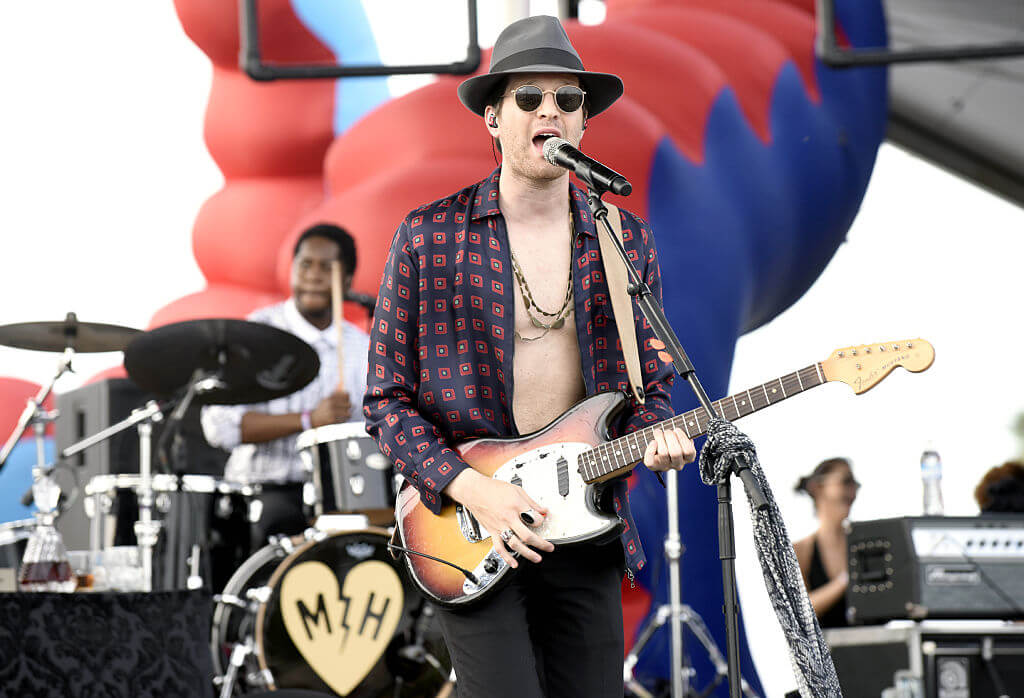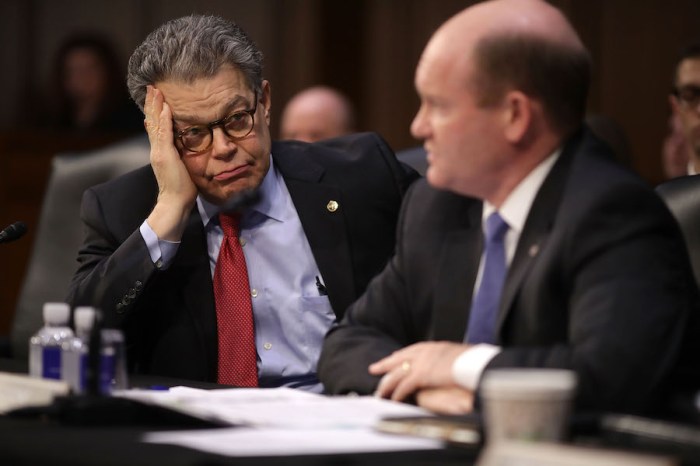I get them from all over the world. Maison Michel in Paris puts a little “M” on the band, so you know I love that. My favorites right now are from Laird in London. They’re making some custom ones for me. Gladys Tamez is making incredible hats in L.A. also. I want one from her!
Mayer Hawthorne: ‘All killer, no filler’

Tim Mosenfelder/Getty Images
Just look at Mayer Hawthorne. Just look at him. The man evokes another era, and not in the kitchy crooner way a la Robin Thicke, or the genre-dominating Michael Buble. Then listen to him. Confused?
Hawthorne’s self-produced fourth studio album, “Man About Town,” dropped in early April fromVagrant Records, and it electrifies his smooth neo-soul sound with ’70s and ’80s synths and funk. He chats about his new record, his evolving style and where he gets his stellar hats.
Important things first: Let’s talk about your slick hat collection. Where are they coming from and who is making them for you?
On a similar note, at one point did you decide to develop a “look” or an “image” as a musician? How important was this for you and what does it mean today?
I’d say it’s more of a motto than a particular look. Flashy, but classy. I get it from my grandma Rita. I think the most important thing is to have your own unique style. Wear clothes that you’re comfortable in, but don’t be afraid to take some chances. If you don’t have some old photos that you look at and say “Holy s—! What was I doing?” then you aren’t living!
Songs like “Cosmic Love,” “Fancy Clothes” and “Love Like That” evoke a different retro vibe than you’ve had with prior. What decade are you paying homage to?
I don’t ever think like that when I’m making music. I just make what I feel. I grew up in the ’80s and ’90s, listening to Public Enemy, The Police, Smashing Pumpkins … I discovered Steely Dan and Barry White later on. It all goes into my music, but I don’t really think about it when I’m writing. I’m all about making new music for right now, so hopefully that comes through as well as my influences.
What periods of your life do “Where Does This Go” vs. “Man About Town” represent?
“Where Does This Go” was a crazy transition for me, working with other producers and writers for the first time and a major label. I learned so much from that, but it was a bit scary.
“Man About Town” really deals with my search for love in Los Angeles. Being surrounded by millions of people all the time, but still feeling that loneliness. It’s a somewhat satirical title. Lyrically it’s a very melancholy record, but I still wanted people to party to it, so I tried to keep the music fun.
“Man About Town” is a supertight album — musically and literally, playtime-wise. What was the decision-making process behind keeping it short?
I recorded a lot more songs but, in the end, I wanted it to fit on a single vinyl record. Most of my favorite albums — Prince’s “Dirty Mind,” Michael Jackson’s “Off The Wall,” Steely Dan’s “Aja,” Nas’ “Illmatic” — they all have nine or 10 songs. All killer, no filler. It takes you into my head like “Being John Malkovich,” gives you an unforgettable experience and then dumps you out on the side of the freeway, wanting more.

















